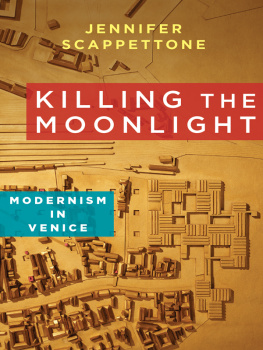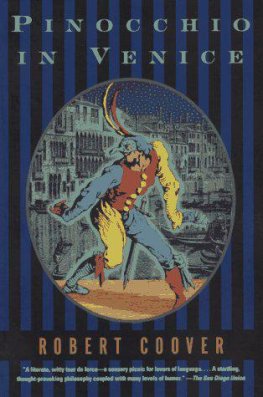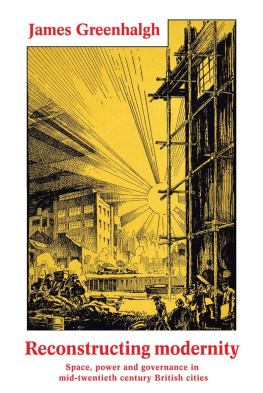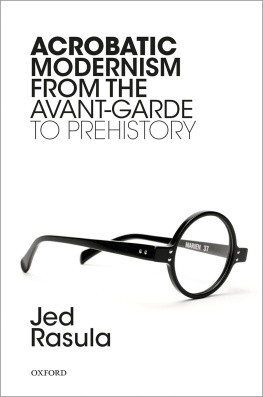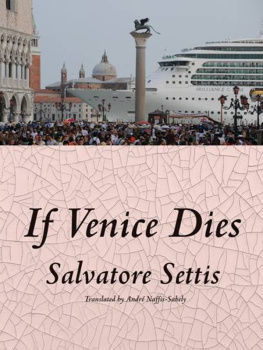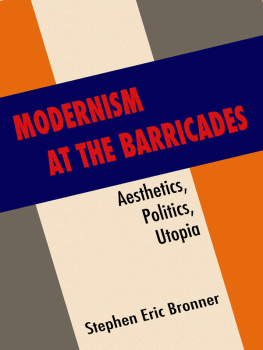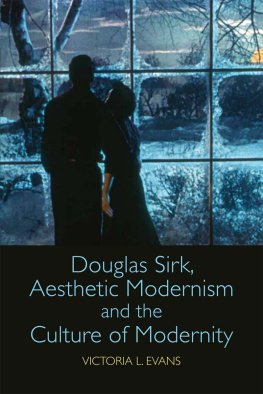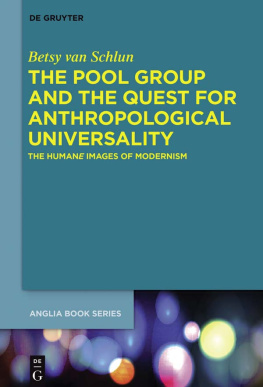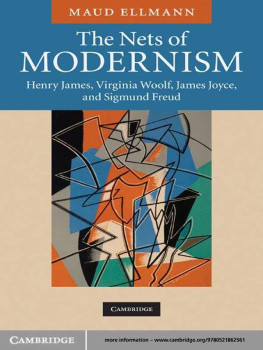KILLING THE MOONLIGHT
MODERNIST LATITUDES
MODERNIST LATITUDES
Jessica Berman and Paul Saint-Amour, Editors
Modernist Latitudes aims to capture the energy and ferment of modernist studies by continuing to open up the range of forms, locations, temporalities, and theoretical approaches encompassed by the field. The series celebrates the growing latitude (scope for freedom of action or thought) that this broadening affords scholars of modernism, whether they are investigating little-known works or revisiting canonical ones. Modernist Latitudes will pay particular attention to the texts and contexts of those latitudes (Africa, Latin America, Australia, Asia, Southern Europe, and even the rural United States) that have long been misrecognized as ancillary to the canonical modernisms of the global North.
Barry McCrea, In the Company of Strangers: Family and Narrative in Dickens, Conan Doyle, Joyce, and Proust, 2011
Jessica Berman, Modernist Commitments: Ethics, Politics, and Transnational Modernism, 2011
JENNIFER SCAPPETTONE
KILLING THE MOONLIGHT
Modernism in Venice
COLUMBIA UNIVERSITY PRESS New York
Columbia University Press
Publishers Since 1893
New York Chichester, West Sussex
cup.columbia.edu
Copyright 2014 Columbia University Press
All rights reserved
E-ISBN 978-0-231-53774-2
Library of Congress Cataloging-in-Publication Data
Scappettone, Jennifer.
Killing the moonlight : modernism in Venice / Jennifer Scappettone.
pages cm
Includes bibliographical references and index.
ISBN 978-0-231-16432-0 (cloth : alk. paper) ISBN 978-0-231-53774-2 (ebook)
1. Venice (Italy)In literatureHistory. 2. Literature, Modern19th centuryHistory and criticism. 3. Literature, Modern20th centuryHistory and criticism. 4. Modernism (Literature) 5. Venice (Italy)In artHistory. 6. Modernism (Aesthetics)
I. Title. II. Title: Modernism in Venice.
PN56.3.V4S38 2014
809'.9335845311dc23
2014000748
A Columbia University Press E-book.
CUP would be pleased to hear about your reading experience with this e-book at .
Jacket image: Peter Eisenman, Presentation model including Cannaregio West and Le Corbusiers Venice Hospital, gold and pink paint over wood and cardboard, commissioned ca. 1978. Canadian Center for Architecture, Montreal.
Jacket design: Noah Arlow
References to websites (URLs) were accurate at the time of writing. Neither the author nor Columbia University Press is responsible for URLs that may have expired or changed since the manuscript was prepared.
for Joshua, and for love
quel che lo spettro con la sua voce bianca argomenta che, se tutte le citt e le lingue dEuropa sopravvivono ormai come fantasmi, solo a chi avr saputo di questi farsi intimo e familiare, ricompitarne e mandarne a mente le scarne parole e le pietre, potr forse un giorno riaprirsi quel varco, in cui bruscamente la storiala vitaadempie le sue promesse.
what the specter argues, with its choirboy-like voice, is that if all the cities and the languages of Europe now survive only as phantasms, then only to those who have learned to become intimate and familiar with these phantasms, reciting and committing to memory their discarnate words and stones, will that breach perhaps one day reopen in which historylifeabruptly fulfills its promises.
Giorgio Agamben, On the Uses and Disadvantages
of Living Among Specters
CONTENTS
FRONTISPIECE
INTRODUCTION
CHAPTER 1
CHAPTER 2
CHAPTER 3
CHAPTER 4
CHAPTER 5
CODA
T his project began as a convergence of questions surrounding modernist poetry, travel narrative in reverse (from the perspective of the destination, Italy), and the moment of description in writing about works of art. In exploring all of these regions of study at once, the central term that emerged was Venice. I am immeasurably grateful to those with whom I was working at that moment, thirteen years ago, and from whom I have learned ever since: Charles Altieri, for his experimental criticism and pedagogy and his support for poet-scholars, and for advising me then, and always, to pursue critical fascination above all; Barbara Spackman, for her pioneering approaches to Italian studies, and for transporting so many marvelous authors into my sphere; and T.J. Clark, for his dazzling example in writing about history from the perspective of the present, and his crucial suggestion that it might be the city, rather than any particular author, who would be the protagonist of my project. Lyn Hejinian has been an essential ally through this project and many othersand our shared obsessions with Ruskin and James, and sense of their contemporaneity, sustained me over years of struggle with the magnitude of material to elucidate, or shadow. Anne Wagner and Anne Anlin Cheng were other vital sources of support in my years at Berkeley. I am grateful to the entire Department of English for splendid formative years of conversation, to my fellow members of the editorial board at Qui Parle for models of curatorial risk and rigor, and to those in my cohort who kept me sane, especially Joel Nickels, Chris Chen, Julian Brolaski, Dennis Childs, and Liz Young. Earlier on, at the University of Virginia, Jessica Feldman, Paul Barolsky, Eric Lott, Sara Blair, Deborah McDowell, and Charles Wright provided models of creative interdisciplinary thinking in modern and historical studies.
It goes without saying that a study across disciplines and periods such as this one is indebted to the work of many authors, some of whom will necessarily remain uncited. I began to realize, years in, that I would not be able to fit many relevant works surrounding Venice into the argument if it were eventually to be printed, not to say legibleand I dare not attempt to name them all here, whether canonical or obscure, lest I exceed my word count yet again. (That I learned of feminist artist Carolee Schneemanns 1966 Water Light/Water Needle, a performance work inspired by and projected for Venice, only once production had been set into motion became paradigmatic.) I have therefore chosen to track fresh and coherent, if tortuous, lines of influence, rather than being encyclopediceven if it means that I mourn for them all as I remount the stream,the missing links, the mocking shadows. In addition to those that I cite repeatedly, works of scholarship by Sergio Bettini, Tony Tanner, Margaret Plant, Margaret Doody, and the entire community represented by News on the Rialto were also key to the books development.
I am fortunate to have received so much decisive feedback on this manuscript from my colleagues at the University of Chicago. I am grateful to those who read the entire manuscript (in tandem with other demanding projects) and offered invaluable advice, especially to Beth Helsinger, Lisa Ruddick, and Ral Coronado. I am particularly indebted to Maud Ellmann, Jim Chandler, and Bill Brown, without whose perspicuous scholarship, commentary, and advocacy this book would not be what it is today. For their camaraderie, example, and support of my strategically circuitous approach to the scholarly genre (and those of others), I offer special thanks to John Wilkinson, Frances Ferguson, Chicu Reddy, and Lauren Berlant.

